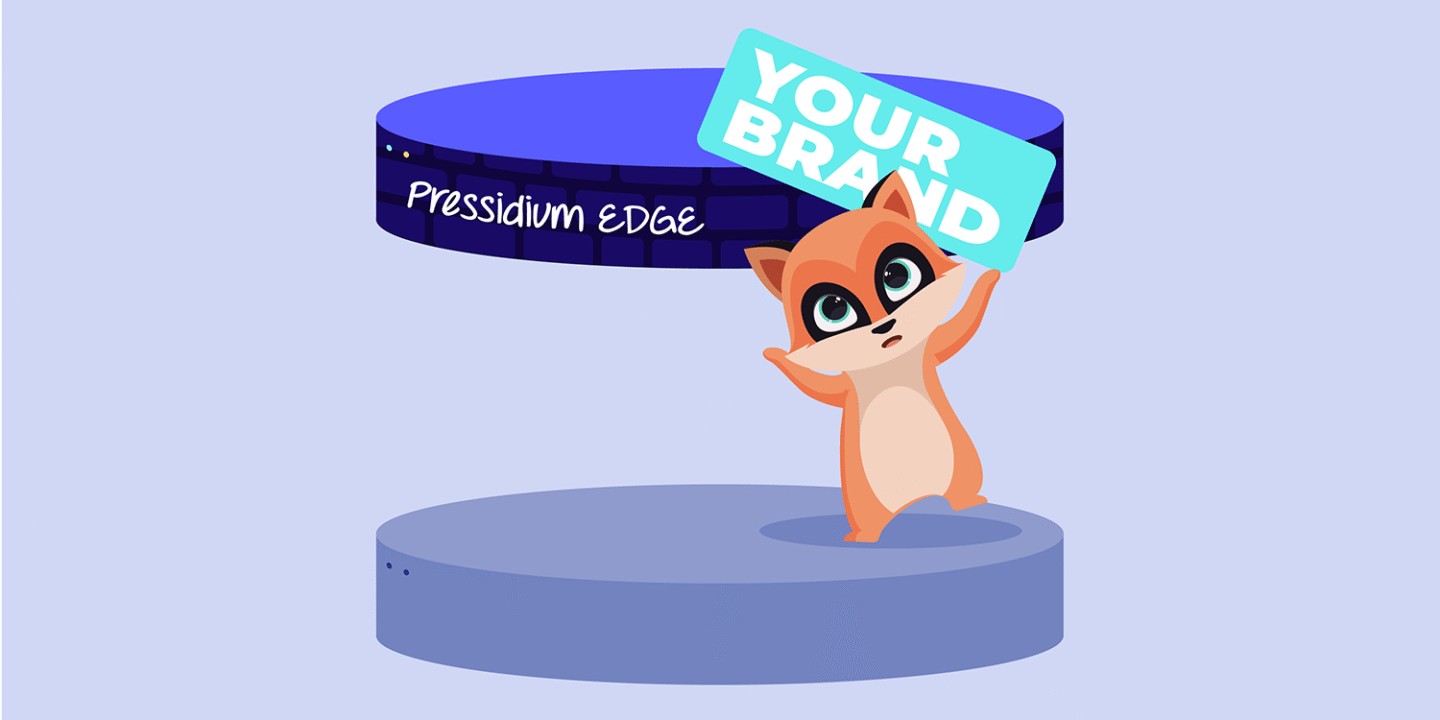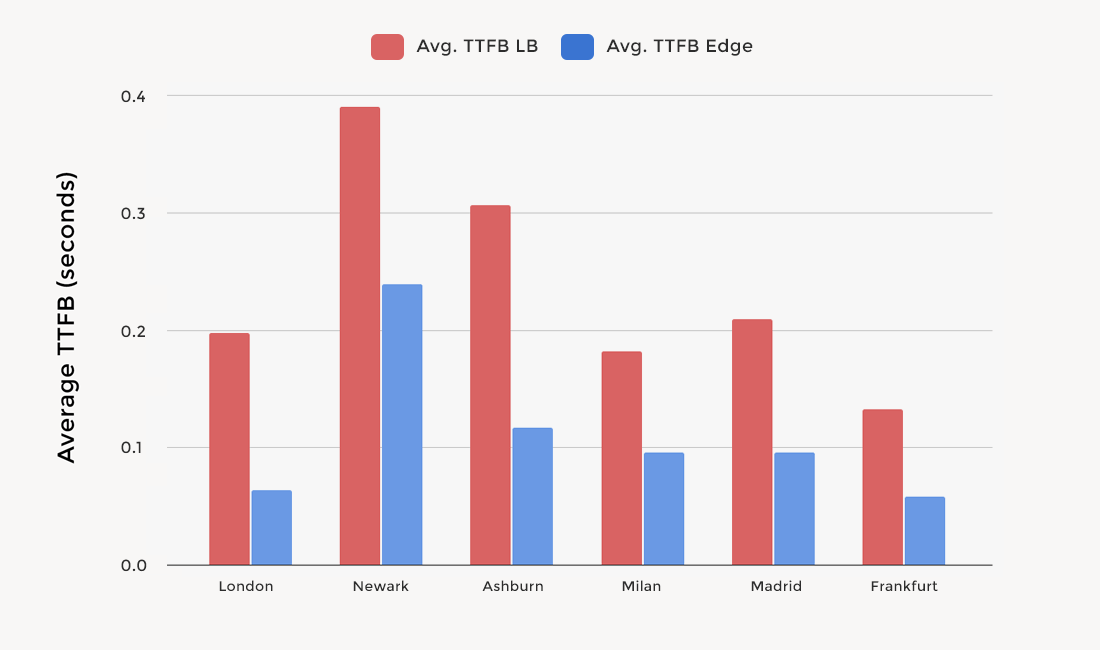
When the lights come up
The world doesn’t judge your brand on an ordinary Tuesday. It judges you in the spotlight.
When a product launches, when a campaign catches fire, or when a headline sends everyone searching for your name.
In the digital world, that spotlight translates into brutal pressure. Servers strain, dashboards fill with red alerts, teams scramble between logs, CDNs, and plugins, trying to keep everything upright. Instead of enjoying the moment, you’re firefighting. Hands shaking on the keyboard while the audience is watching. The stress climbs high.
These are the moments that define how people see you. And in those moments, there are no second chances. Reputation becomes fragile. Years of building can vanish in seconds. What should feel like a celebration turns into crisis management. That’s the cruel paradox: the stronger the spotlight, the more public the stumble. And the cost is measured not just in lost sales, but in lost standing.
So the question is simple: in those peak moments, is there a way you can trust that performance will hold? That people will leave satisfied, not disappointed? The answer is yes, there is!
Remember going to a live concert? The stage is set, the lights are on, and the crowd is waiting. Every detail of the artist’s performance will be judged in real time. If the show is flawless, it becomes a memory that lasts for years. But if the sound cuts, if the lights fail, if the stage creaks, the flaw lingers longer than the music.

What makes the show perfect isn’t just the performer. It’s the backbone. The crew, the stage, the structure. The parts you never see but carry everything.
And it’s the same for your brand. The moment people visit you by millions, they don’t see the servers, the configurations, or the engineers behind the curtain. They see the performance. They feel the trust. And if it runs smoothly despite the peak, it’s because of a strong, intelligent pillar beneath the brand, which carries the weight and makes the show unforgettable.
What keeps you stressed
Let’s say a campaign goes live. Journalists refresh the page, investors click the link, customers share it on social media. Traffic surges from every direction. Dashboards flicker red. The team scrambles between logs, caches, and plugins, praying each tweak holds. It’s under such circumstances that the most failures occur.
Alongside the genuine audience come opportunists, such as bots scraping content, scanners probing for outdated plugins, or scripts testing for weaknesses. Each of these requests consumes the same resources as a real visitor. As a result, servers get tied up responding to junk requests, leaving fewer cycles for the people who matter. So, while engineers rush to block the malicious traffic, the real visitors are already frustrated. The firewall update eventually works, but by then the moment is tarnished.
Or consider the quick patch made in panic. A cache is tightened to relieve pressure, and for a brief moment, the site feels faster. But the change also prevents updated content from appearing. Journalists see outdated information, press releases don’t refresh, and investors wonder why the brand can’t keep its own story straight. The patch solves one problem only by creating another, and credibility slips further.
These aren’t edge cases. They’re the everyday reality of fragile hosting in the spotlight. Quick fixes hold just long enough to look safe in the dashboard, but from the audience’s perspective, the stumble has already happened. And that’s what they remember.
The problem with most hosting environments is that they try to handle problems after they appear, rather than prevent them in the first place. And I am not talking about shared hosting under a high-traffic campaign. That’s not even patchwork. That’s like trying to headline Glastonbury while plugged into a karaoke machine at the local bar. But even more advanced platforms tend to rely on replacing a bulb mid-show. It works until the next one blows.
5,127 prototypes and one unshakable lesson
At Pressidium, we had already moved beyond firefighting. By building resilience into the core with multi-layer caching, intelligent load balancing, and managed security tuned for WordPress, we could prevent problems before they appeared.
Yet after years of listening to customers and watching campaign after campaign, it wasn’t hard to notice that the same struggles kept returning, and they were growing more complex.

Our architecture was solid, yet the rising scale of demand called for something more. We had to pause, reflect, and design something truly future-proof. Not another patch or layer, but a foundation reimagined from first principles. A backbone strong enough to carry brands through their mission undisturbed.
It reminded us of James Dyson’s journey. For decades, vacuum makers accepted that suction would always fade as bags filled. Everyone treated it as a law of nature. Engineers patched, tweaked, and redesigned filters, all the while keeping the same flawed foundation. Dyson rejected that thinking. He went back to first principles, redesigned, and after 5,126 failed attempts, the next one worked.
He created a machine that never lost suction. That was the breakthrough.
Not an iteration. A reinvention.
Hosting needed that same rethink. Not another bulb swapped mid-show, but a foundation rebuilt from the ground up, so that when the lights come up and the world is watching, performance holds.
Turning point: From blueprint to Edge
We didn’t build five thousand versions of our Edge platform, but we carried the same philosophy. We knew the only way forward was to reimagine everything.
Up until that point, we knew that from an architectural perspective that some rules could not be bent.
✓ Distance could no longer be the enemy of speed. If content had to travel halfway across the world before reaching the user, the battle was already lost.
✓ Security had to shift from patching holes after the fact to intercepting threats before they ever reached the stage.
✓ Recovery had to be invisible. Outages and failovers should happen in the background, with the audience never noticing a thing.
✓ And performance had to go deeper than static files. The real test lay in handling WordPress’s dynamic content. Carts, product listings, logins, checkouts, the heartbeat of modern websites.
The truth was clear: the stage wasn’t failing because the performers weren’t good enough. It was failing because the entire set had been built on the wrong assumptions.
So we moved the action outward, away from origin servers, to the edge, where delivery, protection, and continuity could all happen closer to the visitor.
We expanded caching beyond static assets to include the dynamic WordPress content as well. We moved our Web Application Firewall to the edge, stopping DDoS floods, brute-force logins, and exploit scans before they touched the origin. And we added intelligent load balancing, so traffic could flow smoothly across multiple servers without a single weak link.
That shift promised something radical: latency cut to the bone, attacks intercepted before they touched the core, and resilience so smooth the world would never notice the switchover.
Proof in the spotlight
When we put this design into production, it didn’t just work. It changed what people could expect from their websites.
Independent tests showed sites loading up to 4.7× faster than traditional load balancing, with Time-to-First-Byte under 100 milliseconds in most global locations. Customers stopped waiting, and brands stopped losing attention.
TTFB = how fast your site starts loading after a click

Threats were stopped cold. More than 100,000 attacks every minute were blocked at the edge before they could drain resources or shake user trust.
Resilience meant continuity without disruption. When a datacenter dropped, users never noticed. No DNS delays. No error screens. No frantic status updates. Just business as usual.
And consistency stopped being a hope and became a guarantee. By caching dynamic content at the edge perimeter, product pages, checkouts and other high-traffic views stayed fast under pressure.
These weren’t incremental improvements. They were proof that by rethinking the foundation and moving critical work to the edge, performance, security, and reliability no longer lived in separate silos. They became one system, protecting the brand exactly where the audience experienced it.
Reputation as an advantage
Now, picture the same morning, the same campaign, the same spotlight, but this time everything holds.
The sun’s just hit your desk and your brand’s biggest campaign of the year has officially kicked off. Your dashboard is open like a pilot’s cockpit. Social ads are live, influencers are posting, and emails are landing in inboxes across three continents. You can see the traffic graph climbing and, for once, it’s not terrifying. It’s beautiful.
The difference is stark. There’s no scramble, no frantic patching, no fire drill. Just a campaign unfolding the way it was meant to. Your brand shows up exactly as intended: polished, reliable, strong.
That’s what Pressidium EDGE changes. It turns high-stakes moments into opportunities. And that performance doesn’t just protect trust, it compounds it.
Customers see consistency.
Investors see resilience.
Journalists see credibility.
Reputation shifts from something brittle to something you can build on.
More than technology
We didn’t build Edge to add another acronym to the alphabet soup of the industry. We built it because we were tired of seeing brands stumble in public, not because their people lacked vision, but because their foundation wasn’t worthy of the spotlight.
When we look at it today, we see a mirror that reflects brands as they intend to be seen. We see reputations holding steady when it matters most.
And yes, we feel proud! Because we know what it took to get here, and we know what it means for the brands who trust us.
If your brand can’t afford to blink…
Pressidium EDGE was built for the businesses and brands that measure downtime in lost revenue and damaged trust. It combines everything we learned from years of high-performance WordPress hosting into one seamless edge-delivered layer.
✅ Lightning-fast global load times. Static and dynamic content served from the closest point to your visitors.
✅ Always-on protection. Proactive threat blocking, DDoS mitigation, and WordPress-specific rules at the network edge.
✅ Built-in resilience. Intelligent load balancing and seamless failover keep you online through outages.
✅ Effortless operation. Fully managed by our DevOps engineers, integrated into your existing Pressidium dashboard, no plugins or extra dashboards to manage.
Stop wasting energy on outdated systems.
Request your free trial today and experience Enterprise-grade WordPress hosting at its peak.
Because the best time to protect your brand is before you need to.
Start Your 14 Day Free Trial
Try our award winning WordPress Hosting!


















